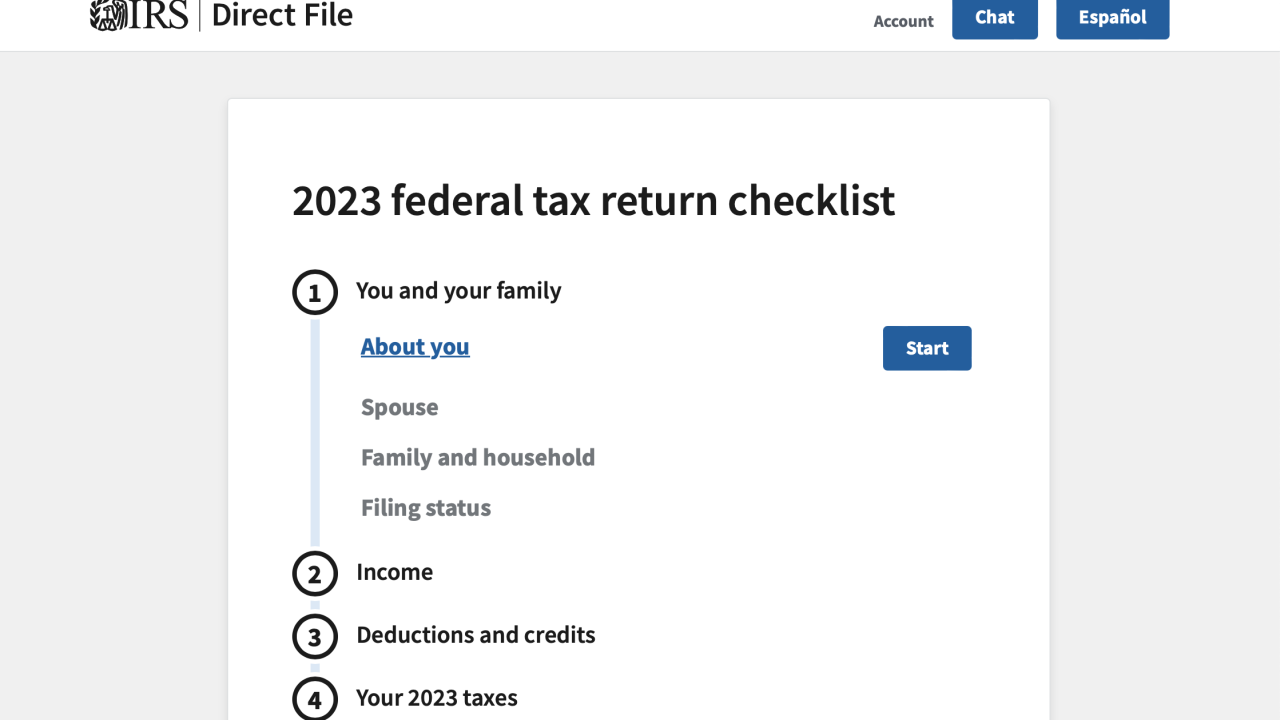10 things to consider before starting an ERP system implementation
There are many reasons companies engage in software implementations. Sometimes, it's because they've either outgrown the existing system or it has become obsolete. Other times, it's because they've been forced to downsize and need a system that will help automate processes and make each employee more efficient. Or perhaps the company is part of a consolidation effort and a new enterprise-wide system is required to consolidate data among all entities.
Whatever the reasons for engaging in a new software implementation, the process can be complex and fraught with unforeseen twists and turns if you are not prepared. What many companies don't realize is that expending effort prior to engaging in an implementation can make all the difference.
Here are 10 points to help guide your way before the process even begins:
1. Do as much upfront work as you can. Get your needs and pain points on paper. Be specific. If possible, create a flow chart with what you would like your new processes to look like and details about how your business works. This allows your reseller to know your specific needs and make the software work for you.
2. Consider environmental variables. Evaluate the functions and capabilities of staff members, as well as the physical specifications of your company. All too often companies do not take the intangibles into consideration. For example, a business that wants to increase business by adding inventory cannot if its warehouse is already overstocked.
3. Once you've written down a comprehensive list of your needs at every level of your business, prepare a formal request for proposal that states the exact functionality required by your company in the new software, then distribute this to various resellers.
4. Find a reseller who is properly staffed to handle your needs. The company should be able to handle all aspects of the implementation or have partners available for outsourcing. Ask the reseller how many implementations they are currently running in order to avoid their capabilities being spread too thin. Be sure the reseller is equipped with a support staff that is accessible 24/7 as well.
5. Get everything on paper. Ask your software reseller to document the specifics on how your issues will be resolved in the new system. For instance, some resellers provide Gantt charts outlining implementation steps between the company and the reseller. Don't forget to review the chart before signing it so both parties are on the same page.
6. Allocate appropriate resources. When implementation begins, the transition can be facilitated if a company assigns a project manager to make sure staff is available for training. On average, 20-25 percent of your staff's time is standard in order to move the implementation process along. Consider seasonal timing when you begin implementation. It's wise to start during your slow season.
7. Complete upfront work before beginning the process. This will save you time and money. Clean your database. Define detailed roles and processes within your organization. Examine how you fulfill orders, your invoicing process, check writing, and end-of-month allocation.
8. Conduct a conference room pilot. Get all top executives to review a day in the life of the software. Enter transactions, run reports, etc. It's best to fix mistakes in a test environment, rather than waiting until you go live or after the entire staff has been trained.
9. Budget accordingly. Avoid sticker shock by understanding what you are purchasing and how it will fulfill your business needs. Be aware that the more components and functionality you add on, the longer and more costly the process will be. Prepare your staff for the new system. Expect a learning curve and be amenable to making adjustments.
10. If possible, avoid custom programming. It is often more cost-effective to slightly adjust your processes to meet the software, as opposed to heavily modifying the software to meet a specific need that may not be that important to your business. In some cases, this cannot be avoided. Document your needs as specifically as you can. Much can be lost in translation.
In conclusion, preparation is essential. Most of these steps can be performed prior to engaging in any implementation or signing a contract (although some resellers may charge you for some of these services). Regardless, spend a little time thinking about your implementation project to save exponentially down the line in terms of wasted hours, energy and dollars.
Ralph Ceccarelli is vice president of Southeast Computer Solutions (www.southeastcomputers.com), a Miami-based software reseller. Reach him at (305) 556-4697.
(c) 2009 Accounting Today and SourceMedia, Inc. All Rights Reserved.
http://www.webcpa.com/ http://www.sourcemedia.com/





